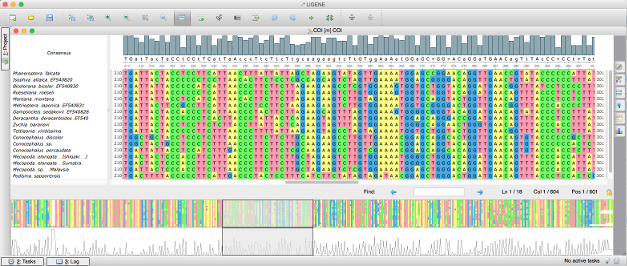

They are more demanding, flexible, dynamic, and strategic than they could have been in the 20th century, whatever their shared interests with one great power or another. They are growing more assertive in using their economic advantages to bolster their standing and influence. They are relatively stable countries that have their own global agendas independent of Washington and Beijing, and the will and capabilities to turn those agendas into realities. In geopolitics, swing states have agency to chart their own course on an issue-by-issue basis, and they may decide the future of the international balance of power. In American domestic politics, swing states can be won by either party, and they decide presidential elections. Countries with developed economies and leaders with global visions that they pursue within certain constraints Countries with a disproportionate amount of capital and willingness to deploy it around the worldĤ. Countries uniquely suited for nearshoring, offshoring, or friendshoringģ. Countries with a competitive advantage in a critical aspect of global supply chainsĢ. These countries fall into four overlapping categories:ġ. This new class of influential nations are the geopolitical swing states of the 21st century. and China coexist, compete, and confront each other to determine who will set the geopolitical rules, they will either court or thwart an emerging group of countries to gain an edge. Reference ( target_seqname) sequence.Jared Cohen is president of Global Affairs and co-head of the Office of Applied Innovation at Goldman Sachs.Īs the U.S. Used to fill the gaps, or “N”s if the sequence is not present in the Is not found in a particular species in the alignment, dashes (“-“) are MultipleSeqAlignment object of the in silico spliced transcript from The _spliced() function accepts a list of startĪnd end positions representing exons, and returns a single replace ( "-", "" )) print ( "a total of %s bases align" % total_bases ) Retrieving a pre-spliced alignment over a given set of exons

startswith ( "danRer5" ): # don't count gaps as bases search (, ) total_bases = 0 for multiple_alignment in results : for seqrec in multiple_alignment : if seqrec. # count the number of bases in danRer5 (Zebrafish) that align to theįrom import MafIndex idx = MafIndex ( "chr10.mafindex", "chr10.maf", "mm9.chr10" ) results = idx. If the index database file sqlite_fileĭoes not exist, it will be created, otherwise it will be loaded. To index a MAF file, or load an existing index, create a new UCSC multiz files, the form of species.chromosome is used.

This reference species will appear inĮvery block, and should be used as the target_seqname parameter. The chromosome of one species is generally used as the reference to In whole-genome alignments generated by Multiz, Indexes are created by determining the chromosome start and end positionįor a specific sequence name (generally a species), which must appear inĮvery alignment block in the file. This functionality would be available in the classīio. As MAF files are availableįor entire chromosomes, they can be indexed by chromosome position andĪccessed at random. annotations, ) ) MafIndexīiopython may soon provide an interface for fast access to the multipleĪlignment of several sequences across an arbitrary interval: forĮxample, chr10:25,079,604-25,243,324 in mm9. parse ( "chr10.maf", "maf" ): print ( "printing a new multiple alignment" ) for seqrec in multiple_alignment : print ( "starts at %s on the %s strand of a sequence %s in length, and runs for %s bp" % ( seqrec. From Bio import AlignIO for multiple_alignment in AlignIO.


 0 kommentar(er)
0 kommentar(er)
